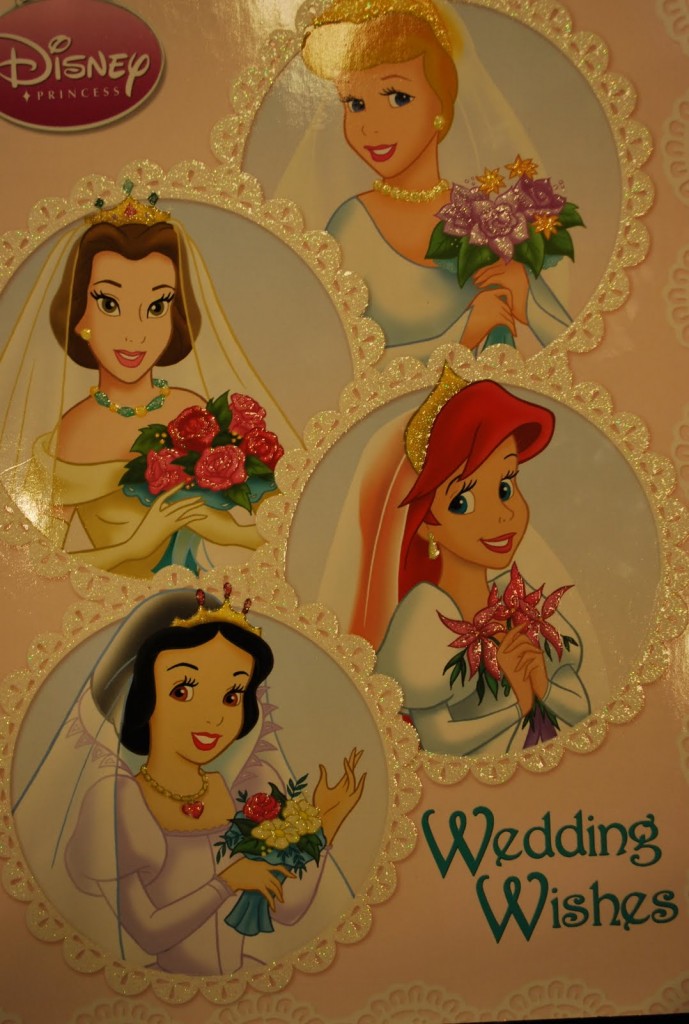Wandering around Las Vegas, Gwen and I happened upon a High School Musical-themed book complete with a little gadget that allows small children (3+) to practice texting. The gadget allows children to press 1, 2, or 3 to send a pre-fabricated message to High School Musical characters, who send pre-fabricated messages back, and so on.
Kids, of course, like to do what they see adults doing. That’s why they like getting play vacuums and lawn mowers. It’s not inherently fun, it’s just fun to copy. So it makes sense that, in a world where adults text, little kids would want to text too.
Just like play vacuums and lawn mowers, however, a toy phone to text on is training children how to be adults or, in this instance, teenage girls; ones who flirt with boys, spend a lot of time socializing on their cell phones, and use text-speak (the book includes a lingo dictionary explaining, for example, that LOL means “Laugh Out Loud” and WAZ UP means “What’s up?”).
Front:
Thanks to Jordan G. for help on this one.
Lisa Wade, PhD is an Associate Professor at Tulane University. She is the author of American Hookup, a book about college sexual culture; a textbook about gender; and a forthcoming introductory text: Terrible Magnificent Sociology. You can follow her on Twitter and Instagram.













